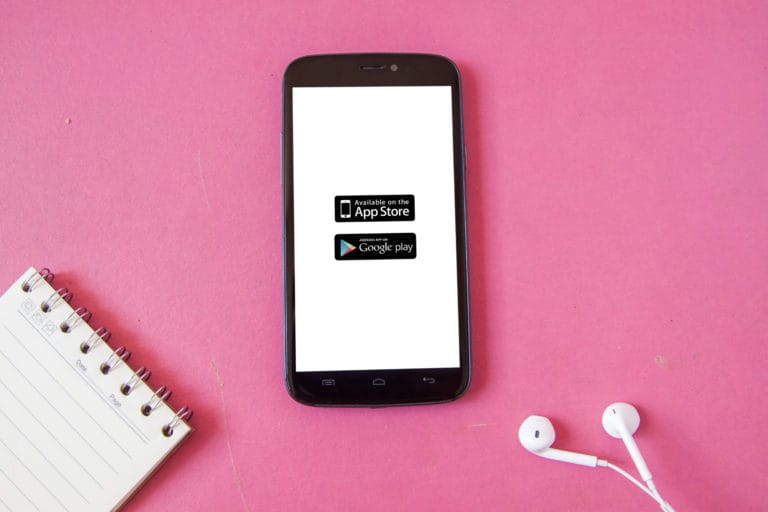Report: 42% of Mobile App Installs Are Actually Reinstalls

July 13, 2018 | Article written by Carly Morris
According to a new study from TUNE, an average 42% of mobile installs are actually reinstalls – with some verticals running as high as 75%. Their latest report is based off of data from 3.1 billion installs, of which 37% on Android and 47% on iOS were found to be reinstalls.
To fully grasp the importance of these findings, it’s important to first understand what reinstalls are and why they matter to advertisers.
What’s an App Reinstall?
Reinstalls occur when a user downloads and deletes an app, only to redownload it again at a later time.
Prior to TUNE’s recent partnership with Apple, advertisers lacked a reliable means to track reinstalls. Instead, these were categorized as dormant users who became active again later down the line.
Now, we can track exactly when the end-user downloads, deletes, and redownloads an app.
What Do Reinstalls Mean for Advertisers?
Now that advertisers can track whether they’re seeing reinstalls or dormant users, they can more intelligently finetune their strategies for more effective user acquisition, engagement, and downstream retention.
Critically, these metrics also enable marketers to assess why a user might delete their app in the first place, and how they found their way back to reinstall.
So, what else did the new report find? Here are some of the biggest takeaways:
● 98% of smartphone users have reinstalled an app
● 65% of all app reinstalls come from direct search
● Gaming apps are reinstalled 55% more than non-gaming
● 70% of the most-reinstalled apps on the iOS App Store are big brands
What’s to Blame for the Uninstall/Reinstall Cycle?
Up until now, the prevalent belief among advertisers has been that an app is removed when a user simply doesn’t have enough storage left on their smartphone.
However, TUNE’s latest findings show that only 34% of uninstalls were due to a bad phone or storage issue, whereas:
● 18% deleted an app because it was buggy, and later reinstalled it to improve its functionality
● 13% uninstalled only to realize they actually needed the app later on
● 6% of deletions are accidental
● 1% of users reinstalled an app to make a purchase that could only be done through the app itself
If you’re seeing a significant percentage of reinstalls, you may want to reassess your post-install engagement strategy or consider the effectiveness of your early onboarding processes to eliminate bugs.
Key Takeaway: Since data and storage are not always the primary reason behind an uninstall, advertisers and developers should actively explore new strategies to provide the best possible user experience from the very first use.
What Are the Top Reinstall Verticals?
Reaching the top of the reinstalls list are productivity apps (75% reinstalls), social networking (66% reinstalls), travel (54% reinstalls), and business (39% reinstalls).
The common denominator behind all these apps is that they’re not regular necessities. Your banking, rideshare, and food delivery apps typically have daily/weekly/monthly practical applications that aren’t likely to change. Something like a travel app, which sees little usage between trips, has a much higher probability for reinstalls.
While there’s a whole slew of different reasons that a user might uninstall and reinstall an app, the most likely is that it’s just not an everyday need.
Key Takeaway: Make your app an everyday need! Experiment with things like special engagement-driven rewards, seasonal coupons and giveaways, or helpful content that keeps users coming back for more.

The ability to track reinstalls brings a whole new perspective to mobile advertising and our perception of downstream user quality. Now, the importance of a holistic lifetime strategy is more apparent than ever – from acquiring the right user, to reengaging existing audiences, and retargeting prospective reinstallers.
Want to learn more? You can check out the full TUNE report right here.


